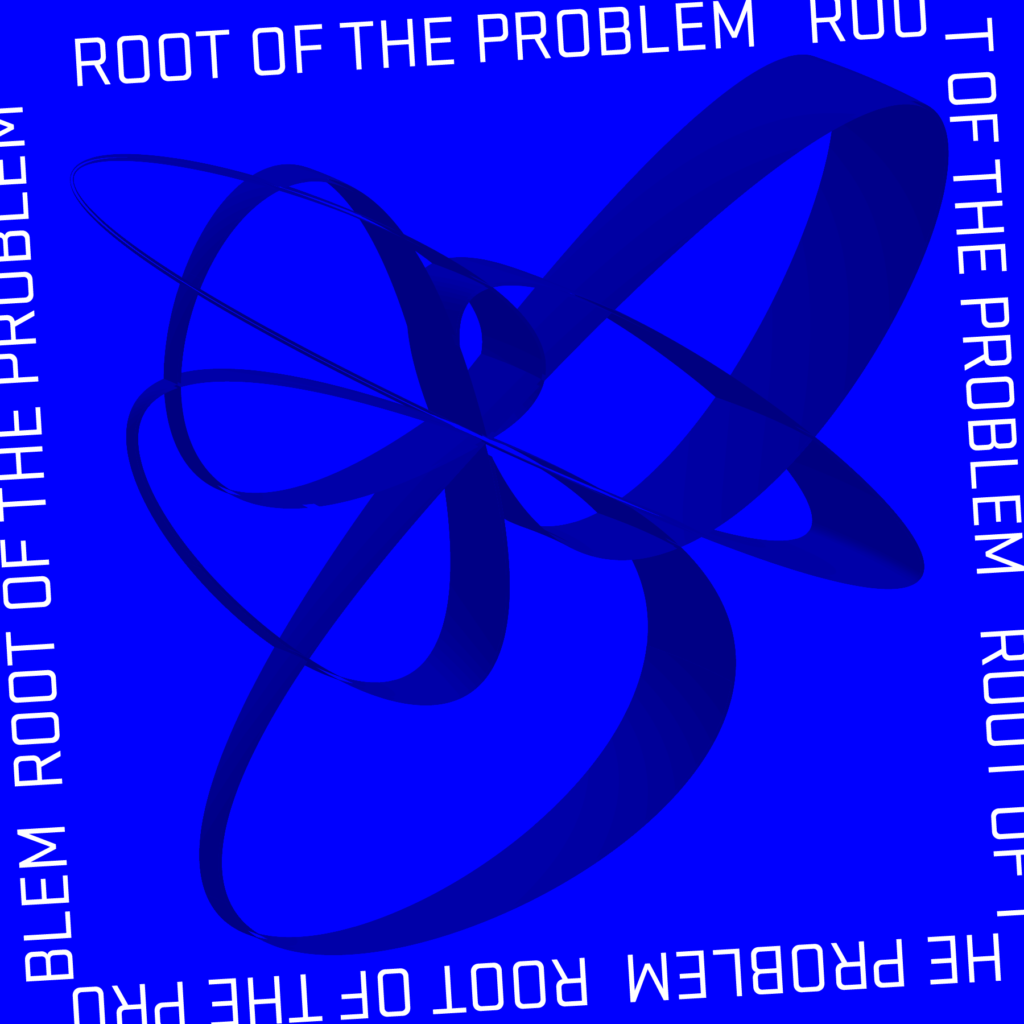Read | Are We Human excerpt by Beatriz Columina and Mark Wigley
Watch | Don Norman, Principles of Human-centered Design
Watch | Anab Jain of Superflux: More Than Human-Centered Design
In the book “Are We Human” there is an argument made that the very tools and technology we’ve created are an extension of our very being and illuminate the processes by which we’ve evolved. Yet, as we propagated ourselves through these mechanical and electronic tendrils we have arrived at a place far removed from the place we started. We no longer seek shelter to escape the cold but convenient ways to consume more faster, better, easier. Comfort and accessibility is the new “survival.” As designers, we are no longer tasked with creating shelters that keep us alive but have progressed to problems within large complex systems that constitute our entire human existence. At this point, we don’t even know if what we are designing will ultimately lead to our demise.
With this in mind, I think about Nielson Norman’s principles of human-centered design, and how we should be focused on the people and the system they directly occupy and then dig deep to find the root of the problem in order to create the best possible solution. But, I argue that this job is nearly impossible to tackle. How can we find the root of a problem in the face of sheer complexity? How can we understand a user’s needs when as humans we have fundamentally lost our sense of what it means to survive? As designers can we reconnect with the environment outside of the technical tendrils we’ve helped to construct? Instead of designing tools that equip us for “survival” can we design portals for connection? Or as More-Than-Human Centered Design seeks to do, expose the systems we are participants of and the relationships that bind us to human and non-human entities?

